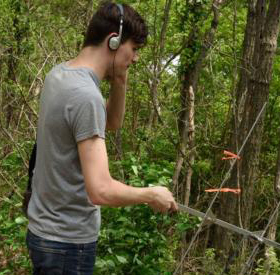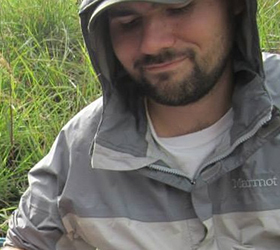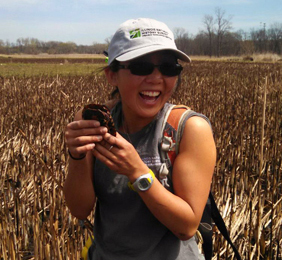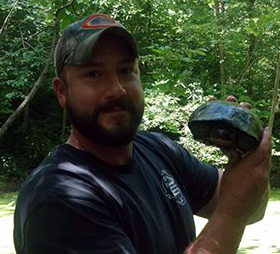
Andrew began with the lab in the Fall of 2018 as a Master’s student in the Department of Natural Resources and Environmental Sciences but then decided to switch to the Ph.D. program. He did his undergraduate work at Principia College, where we assisted Dr. S. Eckert with ecological work on the Timber Rattlesnake (Crotalus horridus). That work consisted of daily radio-tracking to understand the movements, activity areas, and habitat use of the rattlesnake on the site.
Andrew will be conducting his Ph.D. work in association with two SWG projects the lab is running. His primary research examines the factors predicting the timing of emergence in the Timber Rattlesnake across a latitudinal gradient in Illinois. He will also focus on the species’ shuttling behavior during the egress and ingress periods using a combination of wildlife cameras, automated telemetry towers, and PIT tag reader arrays. Lastly, his work will be preparing a predictive model of potential denning habitat for Illinois. Andrew also continues to collaborate with Dr. Eckert at Principia College.







